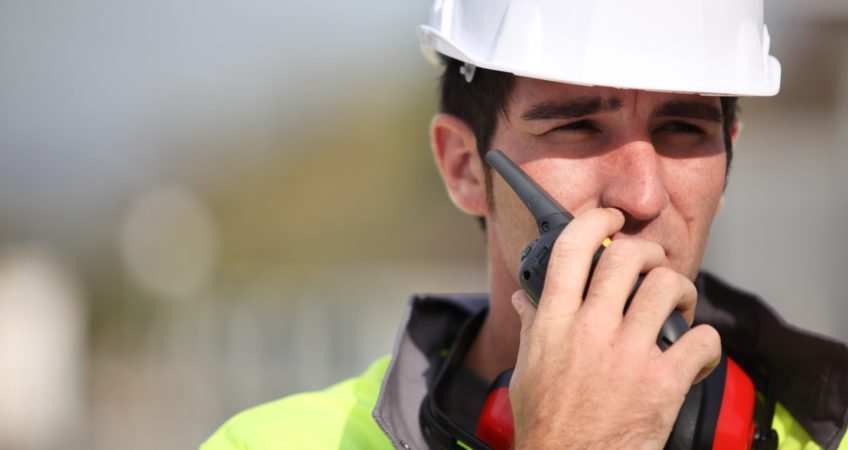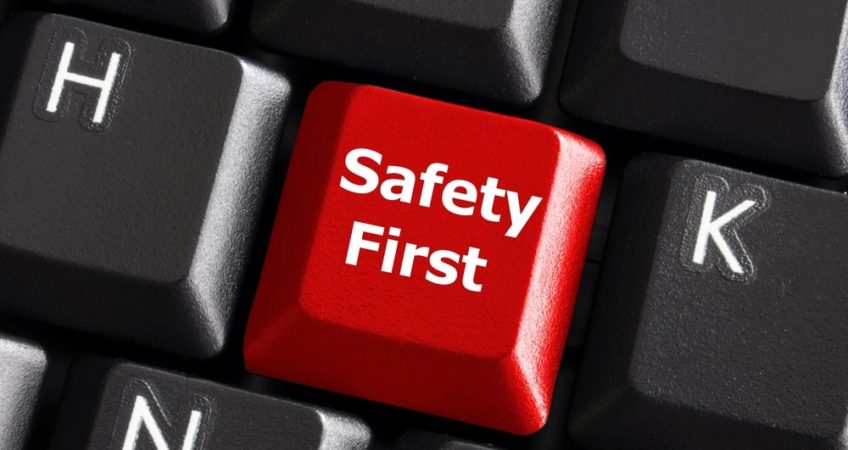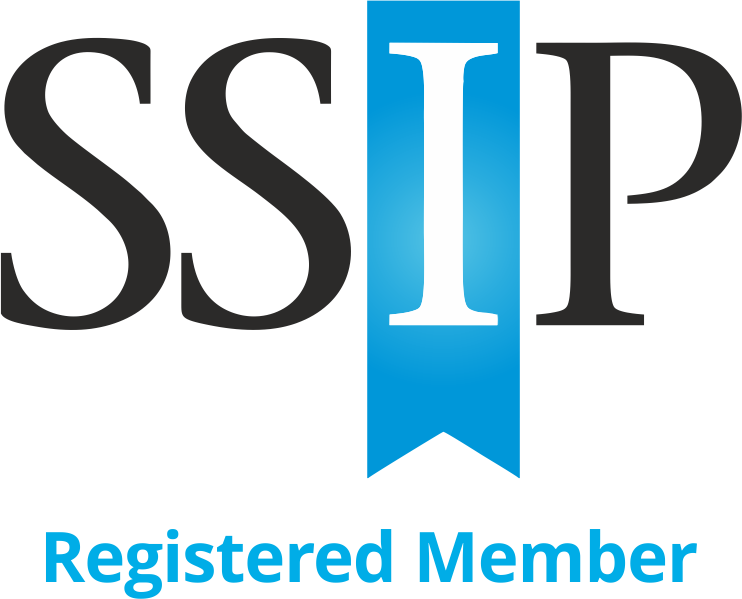Health and safety accreditation schemes
Overview
One way an organisation can demonstrate competence in health and safety is to be accredited by a third party. This is also known as conformity assessment. Accreditation schemes originated in the construction sector, but are now used more widely.
The law does not require accreditation, and it’s only one way of meeting prequalification standards when buying or supplying goods and services.
For construction work, being certificated against a scheme is not proof that an organisation can properly manage the risks presented by the work on site. So, buyers will also need to check a supplier can meet project-specific site requirements.
Before asking a supplier to start work, check their skills and track record, too.
Buying low-risk goods or services
If you’re buying goods or services, consider if the risks of the job justify insisting a supplier has a formal health and safety accreditation. This includes certification against health and safety management system standards.
For low-risk goods or services, suppliers can demonstrate their health and safety capability in other ways. You could ask:
- for evidence that they hold a health and safety policy
- how they control risks
Or, you could ask:
- for information on accidents or near misses
- if, in the last 3 years, the organisation, or any of its directors or executive officers have:
- received enforcement notices from the Health and Safety Executive (HSE) or equivalent body
- been convicted of a breach of health and safety legislation
Bear in mind that businesses with fewer than 5 employees don’t need to write down their health and safety policy or the findings of a risk assessment.
Mutual recognition between accreditation schemes
There are various schemes buyers (procurers) can ask suppliers to be accredited to.
Safety Schemes in Procurement (SSIP) is an organisation which enables mutual recognition (also known as the ‘deemed to satisfy’ provision) between health and safety assessment schemes, particularly within the construction industry.
SSIP member schemes apply core criteria approved by HSE. The core criteria describe what it means for a construction business to comply with basic health and safety law, but they can also be applied to other kinds of business.
This means that:
- as a buyer, you do not need to ask for evidence of accreditation to more than one of the SSIP member schemes
- as a supplier, you should only need to be accredited to one of the SSIP member schemes
If a buyer insists on a different SSIP scheme, you can apply to have the equivalence of your existing accreditation recognised through the SSIP mutual recognition provision. This should save you time and money.
Mutual recognition should lead to savings for buyers and suppliers and help deliver more proportionate implementation of accreditation.
SOURCE: HSE




